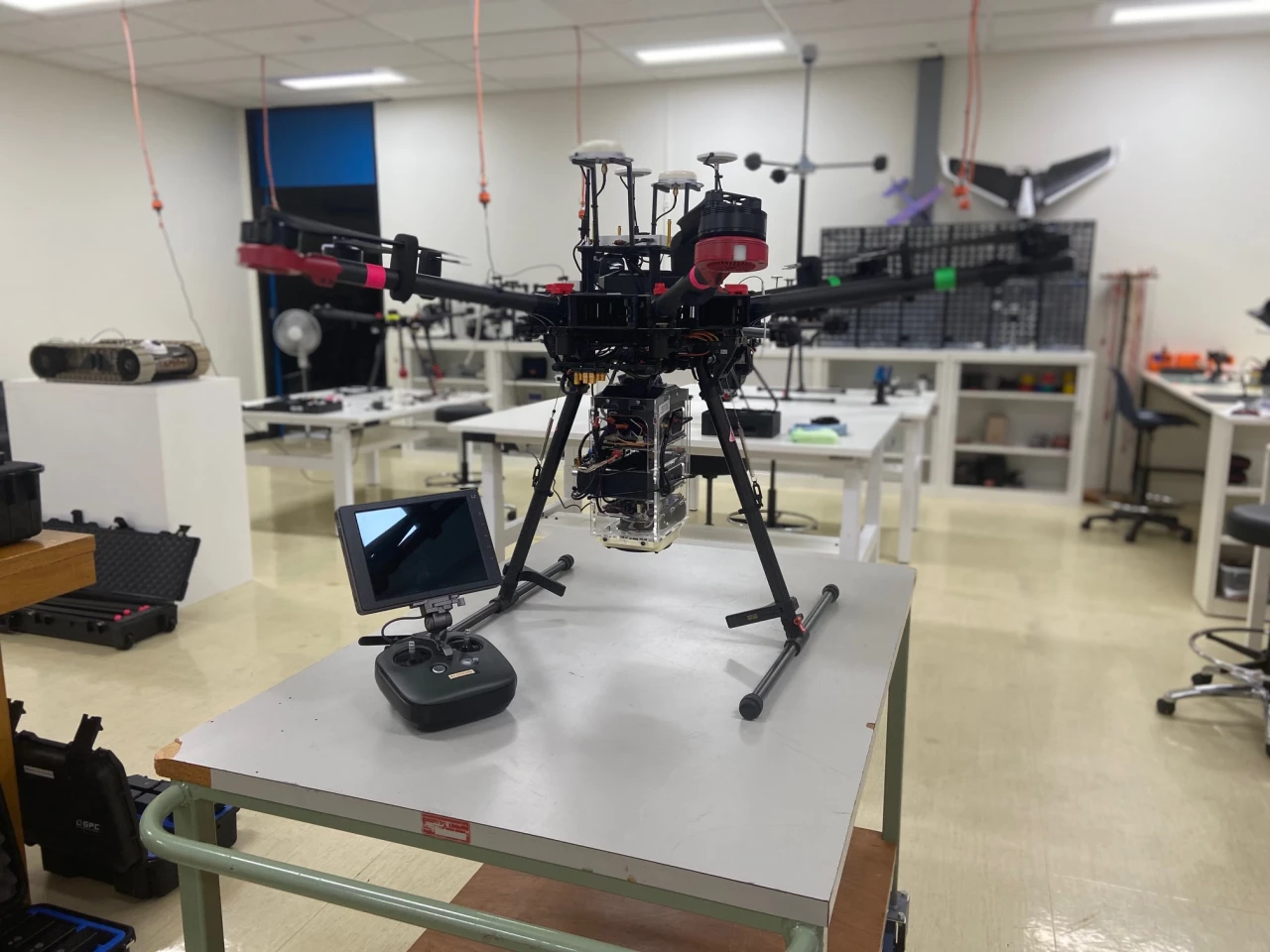Consumer grade drones might be annoyingly buzzy when they're close by, but detecting them at a distance has been challenging – especially considering their potential as weapons or surveillance tools, as well as their ability to shut down helicopter and commercial flight operations.
New research out of Flinders University and the University of South Australia has made an impressive leap in long-distance drone detection, using signal processing algorithms inspired by the hoverfly's ability to see targets in very low light environments.
Effectively, these insects are constantly working to pick useful visual information out of a lot of confusing noise, and as a result they've evolved photoreceptor systems that are extremely effective at taking a complex, cluttered and noisy feed of information, and vastly boosting the signal-to-noise ratio to make useful bits jump out.
The Flinders team decided to test whether these kinds of photoreceptor circuits could do the same kind of thing with audio, taking a microphone array and analyzing the ambient sound with a specific focus on amplifying and detecting the sound of drones in flight.
They built a test array of microphones, and hooked them up to a "biologically inspired vision" (BIV) processor designed to mimic the neural pathways of the hoverfly's visual system. Treating the audio waveforms as two-dimensional "spectrogram" images, they ran the information through several stages of hoverfly-inspired processing, including dynamic range reduction, adaptive filtering, low-pass "DeVries-Rose" divisive feedback, exponential "Weber" low-pass divisive feedback, and a non-linear Naka-Rushton transform.

The results were very impressive. Compared with traditional broadband/narrow-band drone detection systems, the BIV system was able to detect drones between 30 percent and 49 percent further away. The tests used drones as large as DJI's Matrice 600, and as small as a Mavic Air, and the system was able to detect them between 3-4 kilometers (1.8-2.5 miles) away in open country, and bring back more accurate estimations of flight parameters and trajectories.
"[The Hoverfly's] capacity to track their prey... Their early vision system is a very acutely honed system for identifying motion," said Anthony Finn, Professor of Autonomous Systems at UniSA. "That allows us to considerably enhance the detectability of signatures."
A number of projects are looking at this kind of system in order to boost the low-light signal to noise capabilities of camera systems, but Finn says this is the first time that a bio-vision system has been used with acoustic data. So while it's impressive to see how much it boosts the range of drone detection systems, it'll also be very interesting to see what other audio applications might benefit from this sort of processing as research continues.
The paper is open access at The Journal of the Acoustical Society of America.
Check out a short video below.
Source: University of South Australia






